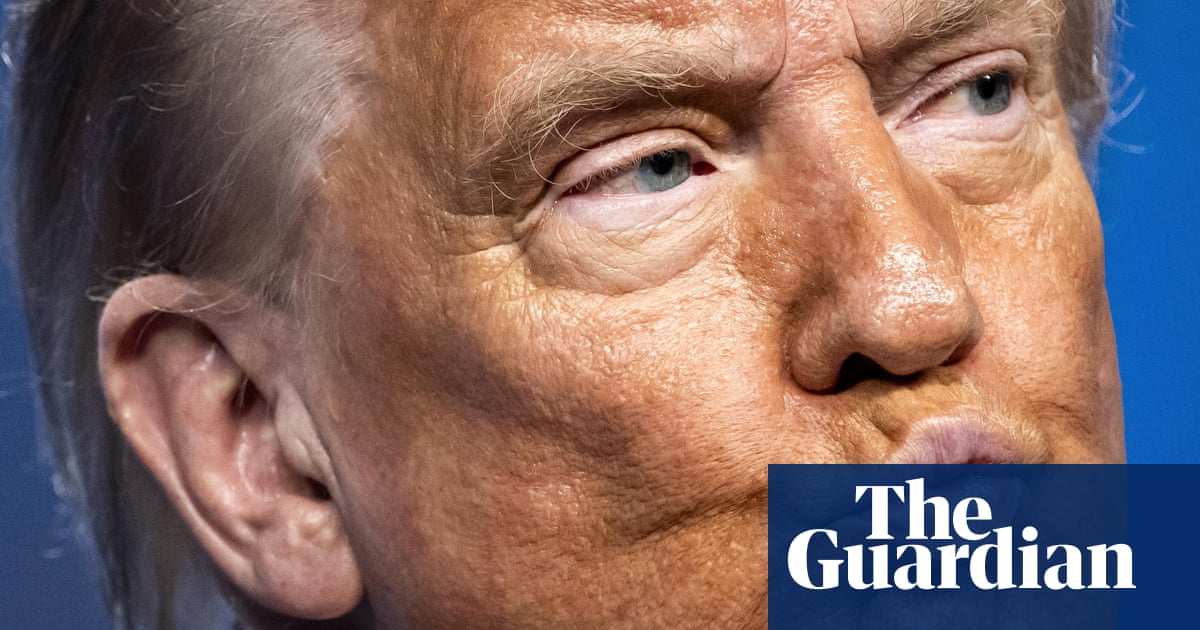Trump’s New Tariff Rates: An Overview
Donald Trump’s recent announcement regarding new tariff rates has generated significant discourse in the international trade community. With rates reaching as high as 40% for 14 countries, many of the hardest-hit Asian economies are expressing a mixture of concern and cautious optimism. They aim to renegotiate these rates before they come into effect next month.
Countries Affected and Tax Rates
The tariff structure established by the Trump administration reveals a significant disparity among affected countries. Japan, South Korea, Malaysia, Kazakhstan, and Tunisia have been assigned a comparatively lower tariff rate of 25%. On the other hand, Laos and Myanmar—a pair of nations grappling with high poverty levels—are facing the steepest tariffs at 40%. This stark contrast highlights the varied economic contexts that come into play when imposing tariffs.
Communication Strategy
In a somewhat dramatic display of transparency, Trump has taken to social media to publicly share the letters of notification sent to each affected country. Press Secretary Karoline Leavitt has indicated that more such letters will be dispatched in the coming days. This approach serves to both communicate the administration’s intentions and showcase a level of direct engagement with global leaders.
Responses from Affected Nations
Reactions from the nations impacted have been muted, but they suggest a strategic approach to engagement. Japanese Prime Minister Shigeru Ishiba mentioned that "some progress" had been made in talks aimed at mitigating the higher tariff rates, which at one point had threatened to reach 35%. Meanwhile, South Korea’s industry ministry has initiated plans to ramp up trade discussions with the U.S., pledging to engage in negotiations that seek a "mutually beneficial result" as the August deadline approaches.
Criticism from South Africa
The tariffication strategy isn’t without its critics. South African President Cyril Ramaphosa labeled the 30% tariff rate on U.S. goods as "unjustified," pointing out that a substantial 77% of U.S. goods entering South Africa currently do so without any tariffs. This comment underscores the complex interplay of diplomatic relations and economic policy that shapes tariffs.
Broader U.S. Trade Policies
In a broader context, Trump’s administration has been grappling with its trade wars for some time now. While the announcement details specific rates and countries, it also reflects a larger, somewhat confused narrative around U.S. economic strategy. The decision to delay certain tariff hikes originally set for announcement prior to August 1 has contributed to this atmosphere of uncertainty, with industries and governments closely watching the evolving situation.
Additional Political Developments
In tandem with the tariff discussions, other significant political news has been unfolding. Israeli Prime Minister Benjamin Netanyahu recently expressed his intention to nominate Trump for a Nobel Peace Prize during discussions centered on tensions in Gaza. This move, juxtaposed against the recent tariff announcements, emphasizes the multi-faceted nature of international relations in the context of Trump’s tenure.
Legal Challenges
Legal battles are also heating up, as various groups respond to actions taken by the Trump administration. A pregnant physician, along with a coalition of doctors’ associations, is suing the government over the denial of COVID-19 vaccines, challenging what they describe as a campaign of misinformation regarding vaccine hesitancy.
Temporary Protections Policy
Another politically charged topic is the end of temporary protected status for individuals from Honduras and Nicaragua, a decision that will affect about 76,000 people. This policy direction aligns with the broader aims of the Trump administration to reduce immigration, particularly from countries facing upheaval.
Conclusion
While details about Trump’s tariffs and international negotiations remain in flux, the landscape suggests a complex mix of economic realities and diplomatic efforts. The reactions from affected countries indicate a desire for dialogue and potential renegotiation, setting the stage for what could be a pivotal moment in global trade relations.


